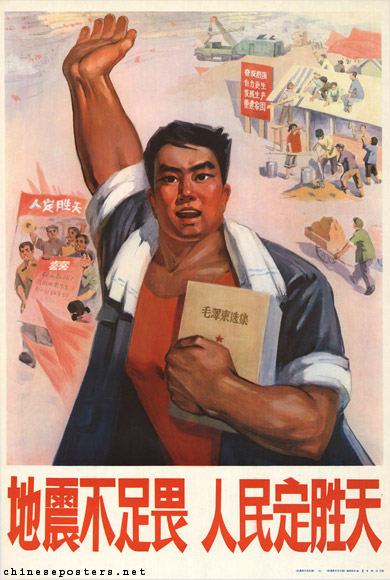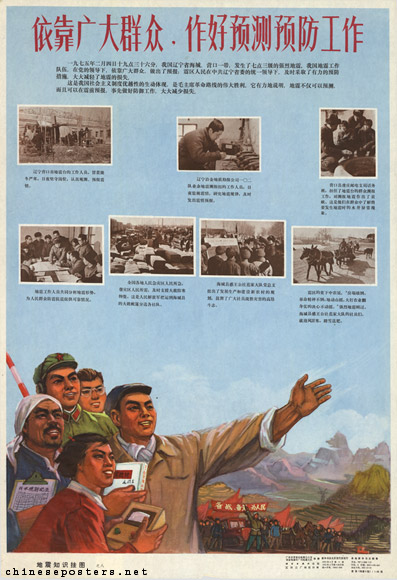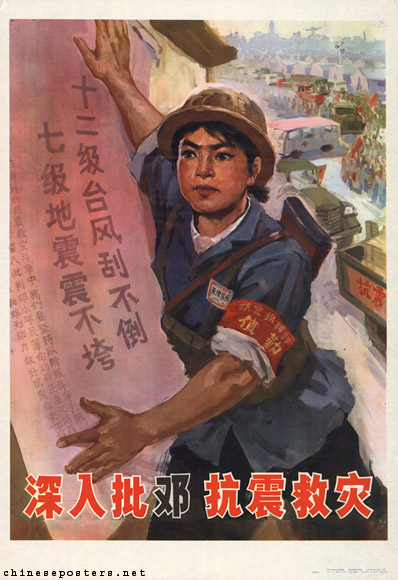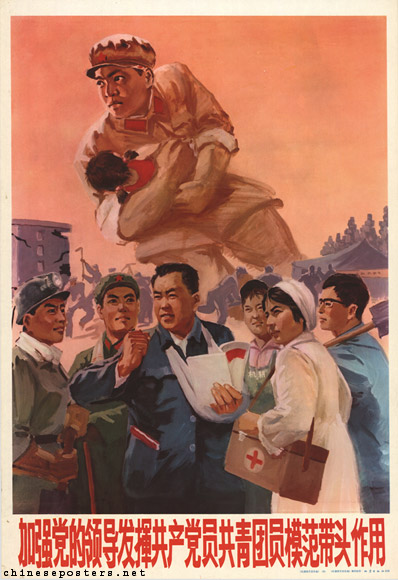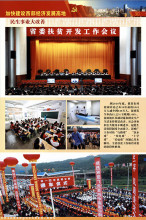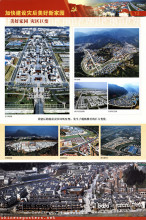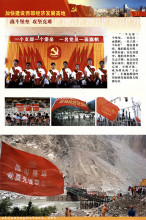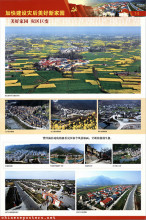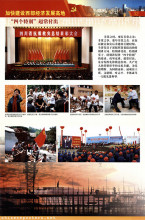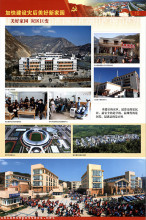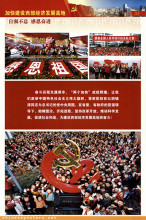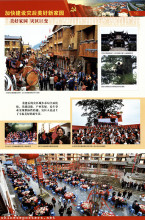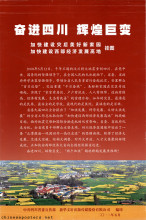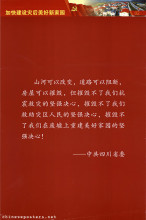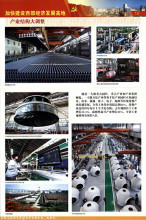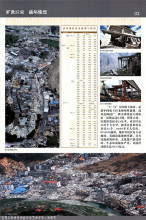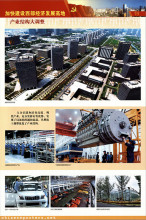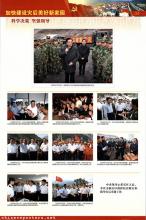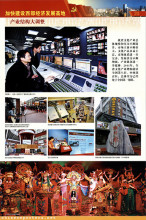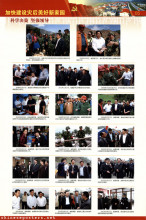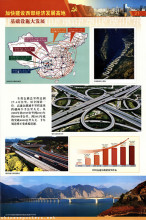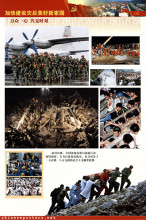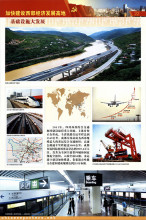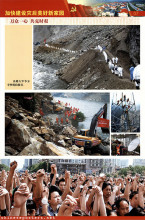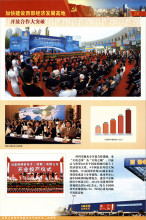Earthquakes don't frighten us, the people will surely vanquish nature, ca. 1976
Of old, enormous political significance has been attached to earthquakes in China. Any extraordinary natural phenomenon, whether snow in summer or droughts in spring, earthquakes or insect plagues, was interpreted as a sign of displeasure of Heaven, indicating that the Mandate of Heaven, which bestowed legitimacy on a Chinese ruling group, might be withdrawn. The ability to predict an earthquake has therefore always been very important, whether to downplay its significance or to demonstrate that the regime of the moment was no longer morally fit to rule. The founding of the People's Republic in 1949 brought no end to this situation. In fact, in the 1970s, earthquake prediction efforts relied extensively on the peasants' observation of livestock behavior, providing a true instance of mass science, science based on the efforts of workers, peasants and soldiers, as in the 1975 poster 'Rely on the broad masses of the people...'.
Rely on the broad masses of the people to do a good job in forecasting and prevention work, 1975
In the early 1970s, China was struck by at least two earthquakes per year of magnitude 6 or greater. Given the unstable situation in the country as a result of the Cultural Revolution, great pains were taken by the leadership to explain away any political significance that might be attached to these expressions of cosmic displeasure. In 1976 there were no less than six earthquakes of magnitude greater than 6.5, including the magnitude 7.8 earthquake that devastated Tangshan (唐山) on 28 July. For many ordinary Chinese, this last earthquake clearly indicated that important developments were about to take place. The fact that Mao Zedong would die less than two months later had more or less been foretold...
Deepen the criticism of Deng's earthquake relief work, 1976
As the poster 'Deepen the criticism of Deng’s earthquake relief work’ indicates, Deng Xiaoping, who at the time was at the center of a campaign to combat rightist deviation that was engineered by Jiang Qing and the Gang of Four, was even held responsible for the problems with relief work that occured after the Tangshan earthquake. Once Hua Guofeng succeeded Mao after his death, he took great pains to show concern for the quake victims, thereby styling himself as the true new leader of China.
Strengthen Party leadership, correctly deploy Party and Youth League models, ca. 1976
To show the Party's concern after an earthquake, mass mobilization campaigns usually were set in motion to distribute relief and emergency supplies. The People's Liberation Army in particular played a major role in this. The leadership sent messages of sympathy and dispatched delegations to express concern. In the most serious cases, such missions would be headed by the highest leaders. In order to show solidarity, every administrative level basically dispatched its own delegation to oversee relief activities. These practices have not changed: after the January 1998 earthquake in the region Northwest of Beijing, the procedures sketched above were closely followed.
James Palmer, The Death of Mao. The Tangshan Earthquake and the Birth of the New China (London: Faber and Faber, 2012)
Barry Raleigh et al., Prediction of the Haicheng Earthquake, Reprinted from EOS, 58 (5), 1977, pp. 236-272
Sigrid Schmalzer, "Labor Created Humanity: Cultural Revolution Science on Its Own Terms", in Joseph W. Esherick, Paul G. Pickowicz, Andrew Walder (eds), The Chinese Cultural Revolution as History (Stanford: Stanford University Press, 2006)
